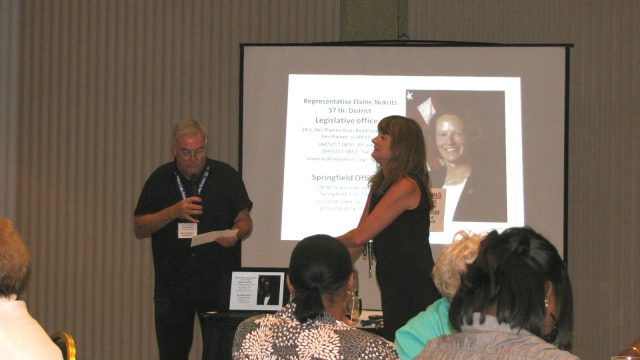1/14/2024
https://www.huduser.gov/portal/pdredge/pdr-edge-featd-article-062822.html HUD USER Home > PD&R Edge Home > Featured Article Options and Tradeoffs: Rent Stabilization Policies Rent stabilization policies, sometimes referred to as “rent control,” regulate how often, and by how much, landlords may increase the rent of given units. The practice was first adopted following World War I; since then, more than 180 jurisdictions throughout the nation have adopted rent stabilization policies of some kind (although 31 states have laws that prevent localities from doing so). In 2019, Oregon became the first state to adopt a statewide rent stabilization law, followed soon after by California. On April 11, 2022, Urban Land Institute Minnesota and the Federal Reserve Bank of Minneapolis hosted the first of their four-part virtual series on rent stabilization. The online event, “Rent Stabilization: Policy Choices and Impacts,” featured Sophie House of New York University as the keynote speaker, followed by a panel discussion moderated by Libby Starling, director of community development and engagement at the Federal Reserve Bank of Minneapolis. During the panel, House, Ed Goetz of the University of Minnesota, and Jenny Schuetz of the Brookings Institution discussed rent stabilization policies, including their variety, limitations, and impacts. A wealth of policy options House, director of law and policy at the Housing Solutions Lab of New York University’s Furman Center, opened the event by explaining the common types of rent stabilization policies and providing some context surrounding contemporary research into the impacts of the practice. House characterized such policies as addressing three primary questions: the scope of properties the regulation should cover, the mechanism the policy uses to regulate rents, and the means of administration and enforcement. According to House these are, “the building blocks of rent regulation,” and each choice that a jurisdiction makes presents a tradeoff in its impact. A jurisdiction must first decide which portion of the rental housing stock will be subject to the rent stabilization policy. Although regulating more properties creates more uniform protections, House said, doing so risks incurring “market-distorting effects,” including reducing the supply of rental housing. To prevent developers from becoming risk averse and abandoning projects in the area, virtually all cities exempt newly constructed rental units from rent regulation for some period. Some cities exempt new construction for a fixed period — . Published Date: 28 June 2022


